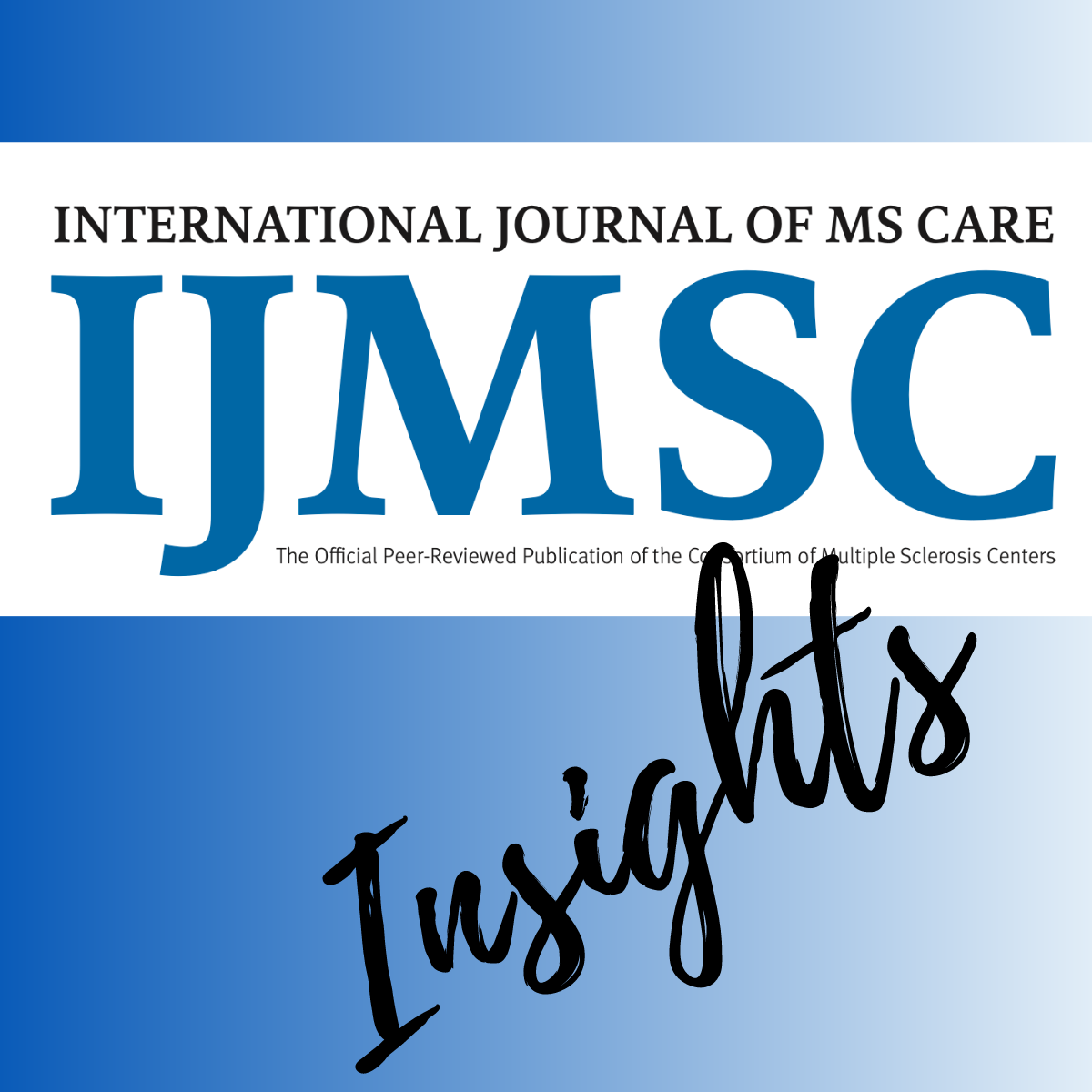A recent cross-sectional study using DNA slow off-rate modified aptamers (SOMAmers) proteomics demonstrated that axon guidance pathway proteins and various other molecular pathways were downregulated among patients with progressive supranuclear palsy (PSP) in comparison with controls. Published in Neurology, these findings suggest that the proteins in these pathways could be beneficial targets for biomarker or therapeutic development in PSP.1,2
This study analyzed data from original (clinically diagnosed PSP-Richardson syndrome [PSP-RS], n = 18; cognitively healthy controls, n = 28), validation (PSP-RS, n = 23; healthy controls, n = 26), and neuropathology-confirmed (PSP, n = 21; non-PSP frontotemporal lobar degeneration, n = 52) cohorts. In the analysis, results revealed that axon guidance was the top dysregulated pathway in all 3 cohorts (strength = 1.71; P <.001; strength = 0.84; P <.001; strength = 0.78; P <.001, respectively).
"The observation that the same pattern of changes in CSF levels of the same proteins within a given pathway in 3 independent cohorts, makes a case that this may be a distinctive fluid biomarker feature of the disease. If additional control studies are done (e.g., studying the patterns in other forms of non-tau atypical Parkinsonism) showing high specificity for PSP, these proteins could be developed into single-analyte tests, including for blood, to re-test their clinical value," cosenior author Julio Rojas, MD, PhD, associate professor of neurology in the Weill Institute of Neuroscience at the University of California, San Francisco (UCSF) told NeurologyLive®. "It’s not expected that we would run proteomics on every person’s CSF, but that we will develop dedicated assays for protein candidates with potentially high clinical value to aid in diagnosis."
In this study, investigators recruited participants through UCSF and the 4-Repeat Neuroimaging Initiative. Researchers analyzed the original and neuropathology cohorts with the SomaScan platform version 3.0 (5026-plex) and the validation cohort with version 4.1 (7595-plex). Authors also used the PSP Rating Scale to measure clinical severity among the participants. The cerebrospinal fluid proteomic data from the cohorts were assessed by investigators to recognize the differentially expressed targets, connected biological pathways utilizing enrichment and weighted consensus gene coexpression analyses, diagnostic value of top targets with receiver-operating characteristic curves, as well as the interactions in disease severity with linear regressions.
READ MORE: Transposon Therapeutics’ TPN-101 for Progressive Supranuclear Palsy Gets Fast Tracked
Top Clinical Takeaways
- Axon guidance pathway proteins are significantly downregulated in patients with PSP, offering a promising target for future biomarker development.
- The study highlighted the potential for using proteomic data from cerebrospinal fluid to improve the diagnosis and treatment of PSP.
- The differential expression of specific SOMAmers across various cohorts underscored the complexity of PSP and the need for further research into its molecular underpinnings.
For the analysis, authors included 136 participants among the 3 cohorts (median age, 70.6 years [SD, 8 years]; women, n = 68 [50%]). Across the cohorts, a panel of axon guidance pathway proteins discriminated between PSP and controls (original, area under the curve [AUC] = 0.924; validation, AUC = 0.815; neuropathology-confirmed, AUC = 0.932). Notably, investigators observed that the 2 inflammatory proteins galectin-10 and cytotoxic T lymphocyte-associated protein-4 correlated with PSP Rating Scale scores in all 3 cohorts.
"The most surprising finding was the massive downregulation of the majority of proteins in the CSF of people with CSF, compared to controls. This contrasted with upregulation and downregulation of some markers in other forms of FTLD in this study. This also contrasted with findings in the literature of mostly upregulation of proteins in Alzheimer disease (AD), using the same analytical platform," Rojas said. "Why this massive downregulation is happening in PSP, what it means and what is the mechanism behind it is unknown. But it’s in line with our previous observations that it is low levels of CSF p-tau181 or total tau that correlates with worse disease severity in PSP, in contrast to what it’s seen in AD, where high p-tau181 correlates with worse disease severity. This hopefully prompt further studies to understand this change."
In terms of SOMAmers, about 155 of 5026 in original cohort (3.1%), 959 of 7595 in the validation cohort (12.6%), and 321 of 5026 in the neuropathology-confirmed cohort (6.3%) were differentially expressed in PSP compared with controls, with most displaying reduced signaling (83.1%, 95.1%, and 73.2%, respectively). Authors reported that 3 coexpression modules were associated with PSP in the established cohorts including synaptic function/JAK-STAT (β = -.044; corrected P = .002), vesicle cytoskeletal trafficking (β = .039; P = .007), and cytokine-cytokine receptor interaction (β = -.032; P = .035) pathways.
"My hypothesis is that, if we confirm the clinical value of these CSF biomarkers, and we are able to develop them into highly deployable or more accessible biomarkers (e.g., single analyte blood test), the potential of our findings includes their use as a screening test in the presymptomatic or oligosymptomatic older population (e.g., a person who comes to the ER with a recent fall); for general neurologists and movement disorders specialists, to increase their certainty about their clinical diagnoses; and hopefully aid in enrolling patients to clinical trials of PSP more easily and in earlier stages of the disease," Rojas added. "If we ever develop a disease-modifying therapy for PSP, these could be even be studied to understand if they could track response to prospective experimental therapies."
REFERENCES
1. Wise A, Li J, Yamakawa M, et al. CSF Proteomics in Patients With Progressive Supranuclear Palsy. Neurology. 2024;103(3):e209585. doi:10.1212/WNL.0000000000209585
2. Leigh S. Scientists May Have Found How to Diagnose Elusive Neuro Disorder. News Release. University of California, San Francisco. July 3, 2024. Accessed August 27, 2024. https://www.ucsf.edu/news/2024/07/427996/scientists-may-have-found-how-diagnose-elusive-neuro-disorder





